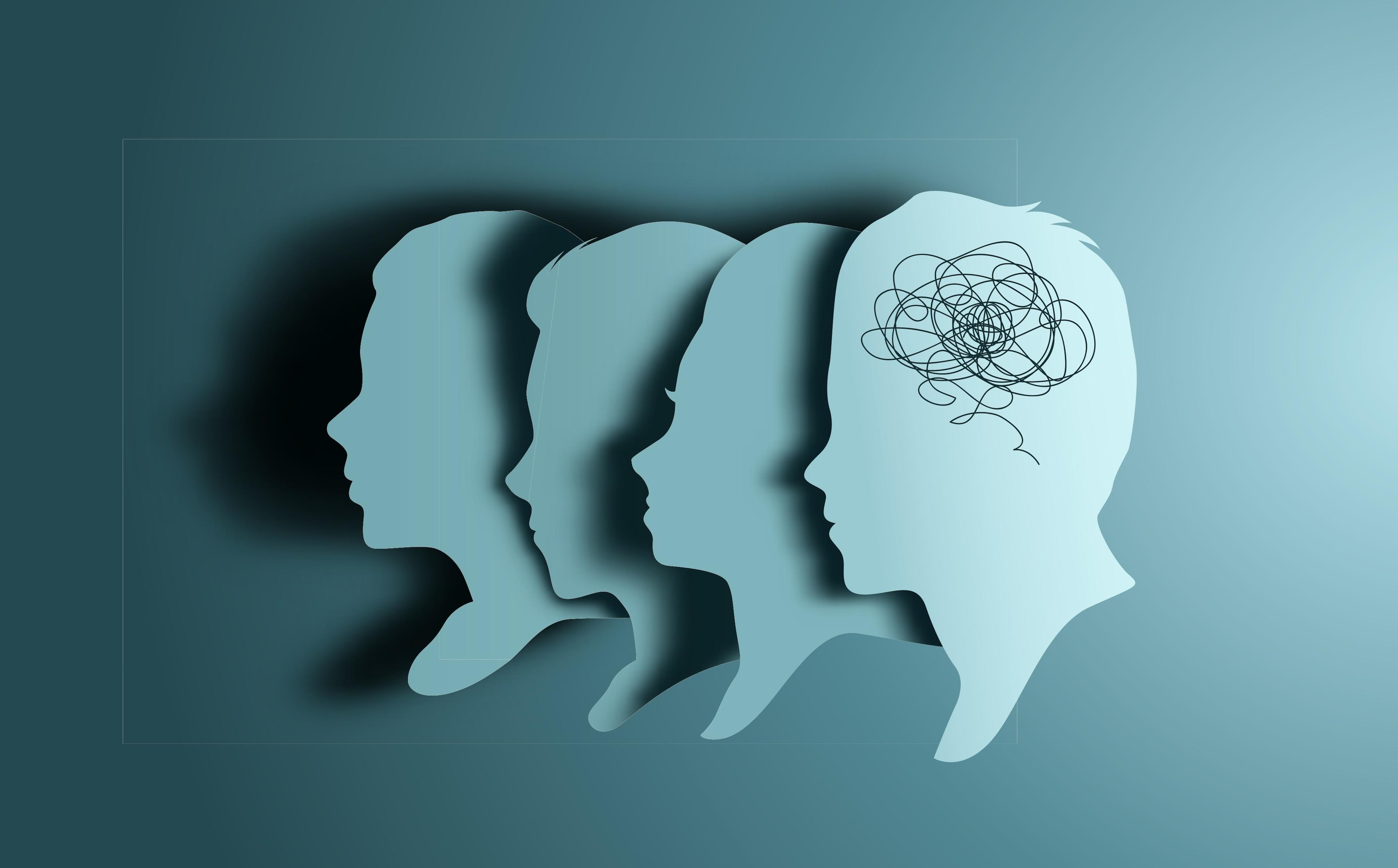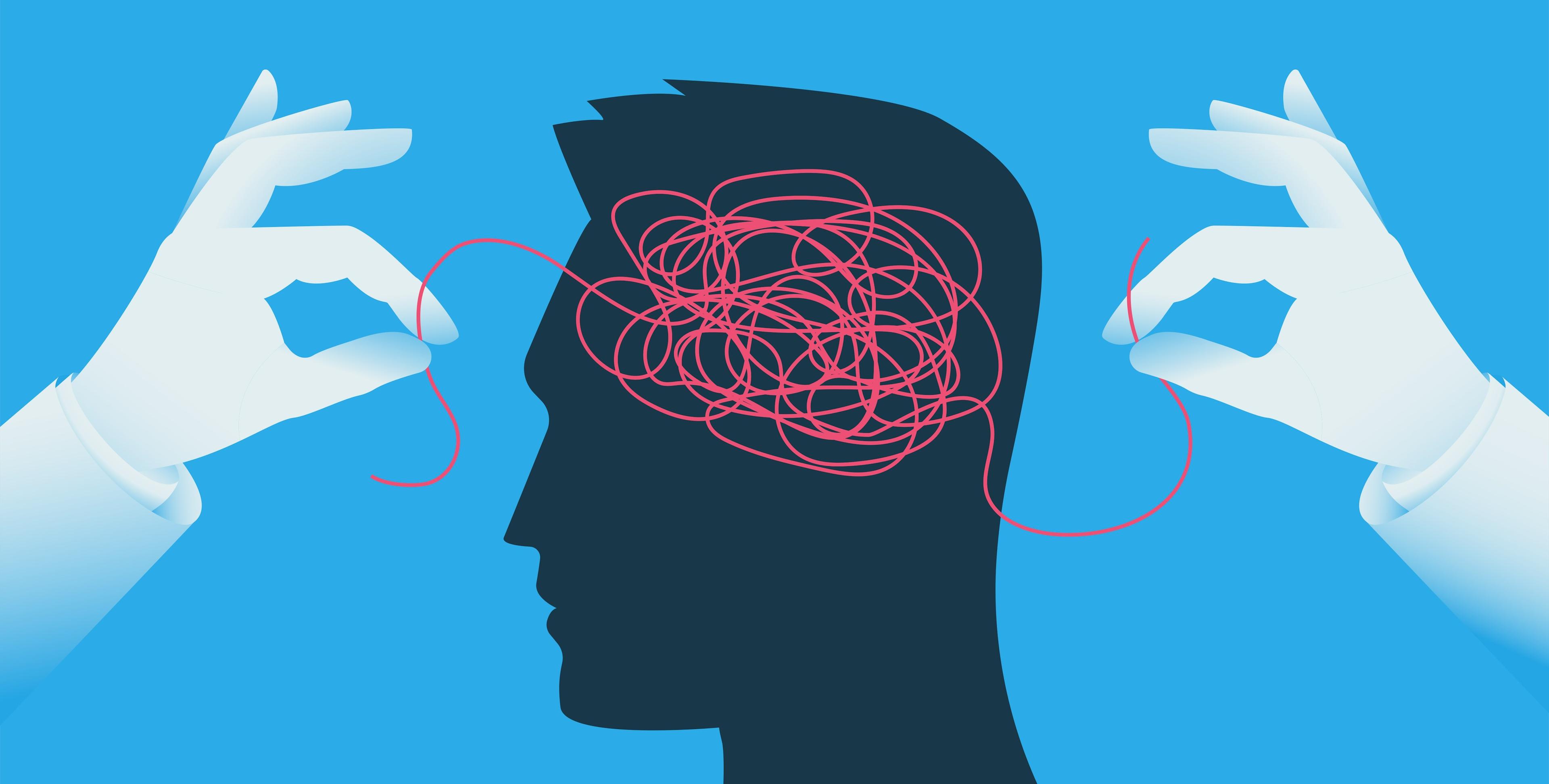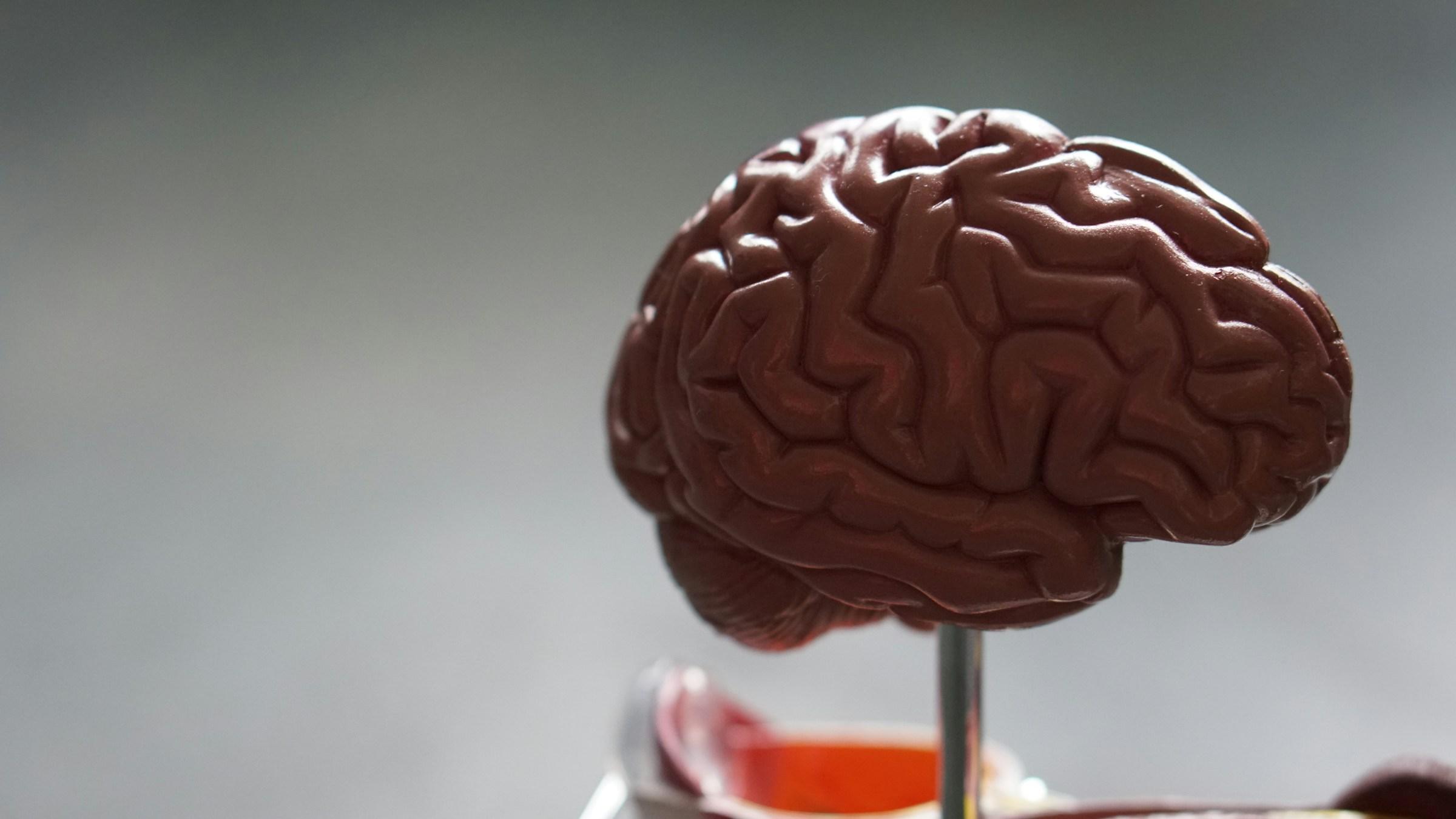The aging brain does not collapse so much as it recalibrates. Across adulthood the nervous system trades raw speed for efficiency, shifts from novelty to pattern recognition, and becomes more sensitive to stress, sleep loss, and environmental noise. These changes can feel like slowness or fragility, but they also reveal an opportunity. With routines that respect biology and with environments that lower needless friction, thinking can remain clear, dependable, and useful for a very long time.
One of the first changes people notice is a gentle decline in processing speed. The brain still handles complex tasks, but it takes a little longer to resolve competing inputs. Crowded scenes, fast conversations, and frequent alerts are the settings where this shows up most clearly. In those moments, attention splinters, reaction time stretches, and short term memory has to work harder to keep a running log of what matters. The common instinct is to push through with more effort. That rarely helps. A better response is to reduce concurrent demands and create cleaner transitions. Silence notifications during focused work, finish one small step before you start another, and allow a short pause between tasks so your mind can release the previous context and load the next one. The result is not slower work. The result is fewer stalls and less mental residue.
Working memory changes as well. You can still think deeply and hold complex ideas together, but the number of items you can actively juggle at once shrinks a little with age. That limitation becomes obvious when you try to remember a grocery list while planning dinner and answering a text. The solution is not to accept confusion. The solution is to build scaffolding. Use a single capture system that you trust, whether that takes the form of a notebook or a dedicated notes app. When everything lands in one place, you reduce the search cost later and free the mind to concentrate on the reasoning itself. Depth of thought returns once the surface clutter is quiet.
Attention becomes easier to hijack over time. That sensitivity is partly biological and partly environmental, since modern feeds are built to pull you in at the price of your next hour. Recovery from context switches takes longer as we age, which means each unplanned shift carries a higher cost. That does not imply that you must protect attention at all costs, never shift, and never scroll. It means you will do better when you shift with intent. If attention is a battery, decide where you will spend the largest share and spend it early in the day on a few important targets. Put low value tasks in your low energy windows. Plan the times when you will check messages. A handful of deliberate boundaries can restore the feeling that your day belongs to you.
Long term memory remains robust across adulthood, but retrieval grows less reliable under stress, fatigue, or clutter. Most people have experienced the awkward pause when a familiar name refuses to appear until hours later. These episodes are often retrieval problems, not storage failures. Retrieval improves when you create hooks. New details stick better when tied to vivid cues such as a story, a mental image, a rhyme, or a spatial link. Place a colleague’s name beside the memory of where you first spoke with them. Attach a number to an image that you can visualize. Recognition needs less energy than recall, so the more cues you prepare, the more easily your mind can reconstruct the path to the answer when you need it.
Sleep carries more weight with advancing age because deep sleep tends to become harder to obtain and easier to interrupt. Consolidation of memory and emotional reset both depend on sleep quality. While miracle solutions are appealing, the most effective interventions are ordinary habits done consistently. Seek morning light to anchor your body clock. Keep caffeine earlier in the day. Cool your sleeping environment. Choose a simple wind down ritual that you repeat. When sleep improves, half of cognition seems to improve in parallel. You are not just less tired. You are better at remembering, focusing, and deciding.
Inflammation also shapes how the brain feels and performs. Diets heavy in ultra processed food, chronic stress, and poor air can add noise to neural signals, which people experience as brain fog. The remedy does not require a perfect plan. It requires stability. Build meals around protein, fiber, and color so that blood sugar swings are smaller and energy is smoother. Drink water earlier and more often. Treat alcohol as an occasional indulgence rather than a nightly requirement, and keep heavy late meals rare because they disturb sleep and mood the next day. Clear inputs make clear thinking easier because the body and brain share one metabolic budget.
Movement is the most reliable cognitive enhancer available to nearly everyone. Blood flow carries oxygen, nutrients, and signaling molecules that support executive functions. Walking improves planning and mental flexibility when done consistently. Strength work preserves muscle and aids glucose control, which protects brain health. Balance training reduces the risk of falls and injuries, and injuries in turn are great disturbers of sleep. None of this needs to look heroic. Short daily walks, two brief strength sessions each week built on simple compound movements, and a one foot balance drill while brushing your teeth can create surprising resilience.
Stress management is less about eliminating stress and more about managing total load. Cortisol is a vital hormone; the problem is not cortisol itself but elevation without relief. You can change your state quickly with a few cycles of slow breathing. Inhale through the nose, exhale longer through the mouth, and repeat for one minute. Use this between tasks rather than saving it for emergencies. These small resets prevent the accumulation of tension that would otherwise erode attention and patience by evening.
Learning remains possible and rewarding at any age, but novelty arrives with discomfort. Choose one practical domain each quarter and commit to it. A cooking technique, the basics of a new language, the foundations of a musical instrument, or a craft that requires hand and eye coordination are good examples. New learning promotes growth and preserves flexibility, especially if the skill folds into your daily life so you can practice in small bursts. You do not need brain games that you will abandon after two weeks. You need real skills that you want to keep.
Turning principles into practice is where most people win or lose. A weekly rhythm works better than a complicated plan. Start your mornings in a way that stabilizes your state. Get light within an hour of waking, take a minute to breathe slowly, drink water, and avoid your first scroll until after you complete one meaningful task. Protect a ninety minute focus block on most days. Use a notepad to capture stray thoughts so they do not drain working memory. When the block ends, stand up, walk for a few minutes, and only then return to a new task. Treat this like interval training for the mind.
Add a daily memory anchor to your routine. Ten minutes is enough. Review names, projects, and the last page of your notebook. Link new items to a clear cue so retrieval becomes easier. If names slip, record a short voice note summarizing your day and say the names out loud. Spaced exposure in distinct contexts helps build the pathways that your brain will use tomorrow.
Design your environment to reduce friction. Place your notebook where you actually work, keep a water bottle within reach, and charge your phone in another room during focus time. Store frequently used items where you finish using them, not where you think they should live. The fewer decisions each task demands, the more energy you retain for thinking that matters.
A short midweek audit can keep your system honest. On Wednesday, spend fifteen minutes asking what is draining attention, what needs a real system instead of a sticky note, and what can be dropped. Remove one obligation, automate one repeated task, and practice one clean no. Creating space is the only way to house the work that requires your best brain.
Close each day with a simple shutdown ritual. Write the first step for tomorrow on a small card, take a brief walk, or lay out your gym clothes. Dim screens after that and read something physical for a few minutes. A consistent cue tells your brain that it is safe to power down, and tomorrow’s clarity begins the night before.
On weekends, pursue novelty on purpose. Visit a new place in your city, try a different recipe, or learn one small step in the skill you chose for the quarter. Novelty concentrates attention, attention writes memory, and memory keeps the system flexible. Flexibility is the target as we age, the capacity to move between tasks and roles without excessive friction.
Supplements can help in certain cases but they are not a foundation. If you add any, do so with clear intent and medical guidance, starting with deficiencies and the basics that support sleep and mood. Track results in how you feel and function rather than chasing every new claim. Remove what does not help. Stacking for the sake of stacking only adds confusion.
Technology can either protect or fragment cognition. Use it as an ally. Track steps if seeing the count nudges you to walk. Track sleep only if it encourages better habits without adding anxiety. Use focus modes to control alerts, live inside one calendar, and consolidate your notes into one place. The fewer inboxes you must check, the lighter your mental load becomes.
Social connection is also cognitive work in the best sense. Conversation asks you to retrieve words, read emotion, and hold attention, all at once. Regular contact with others, even short check ins, protects mood and keeps language sharp. If your week feels light on people, join a class, volunteer, or schedule small gatherings that repeat. Isolation is loud in the brain even when life looks calm from the outside.
The central mindset shift is to adopt the expectations of an athlete in a different season. You are not trying to live at a constant peak. You are building durable clarity that shows up when needed. Peaks still appear, but they arrive when the load is right and recovery is respected. Consistency matters more than intensity. Simple tools, used often, outproduce complex plans that collapse during busy weeks.
Aging tightens margins and raises the cost of chaos, yet it also rewards rhythm, sleep, movement, and deliberate focus more than ever. When you treat the brain as a system to be maintained rather than a mystery to be feared, daily life shifts. Tasks feel lighter, conversations land, names return, and decisions require less force. Fewer inputs, better recovery, single capture, planned novelty, quiet mornings, and honest nights, these are the quiet rules that help the aging brain keep thinking well. If a habit cannot survive a bad week, it is not a good habit. Keep what holds, drop what drags, and let your brain respond to the life you design for it.



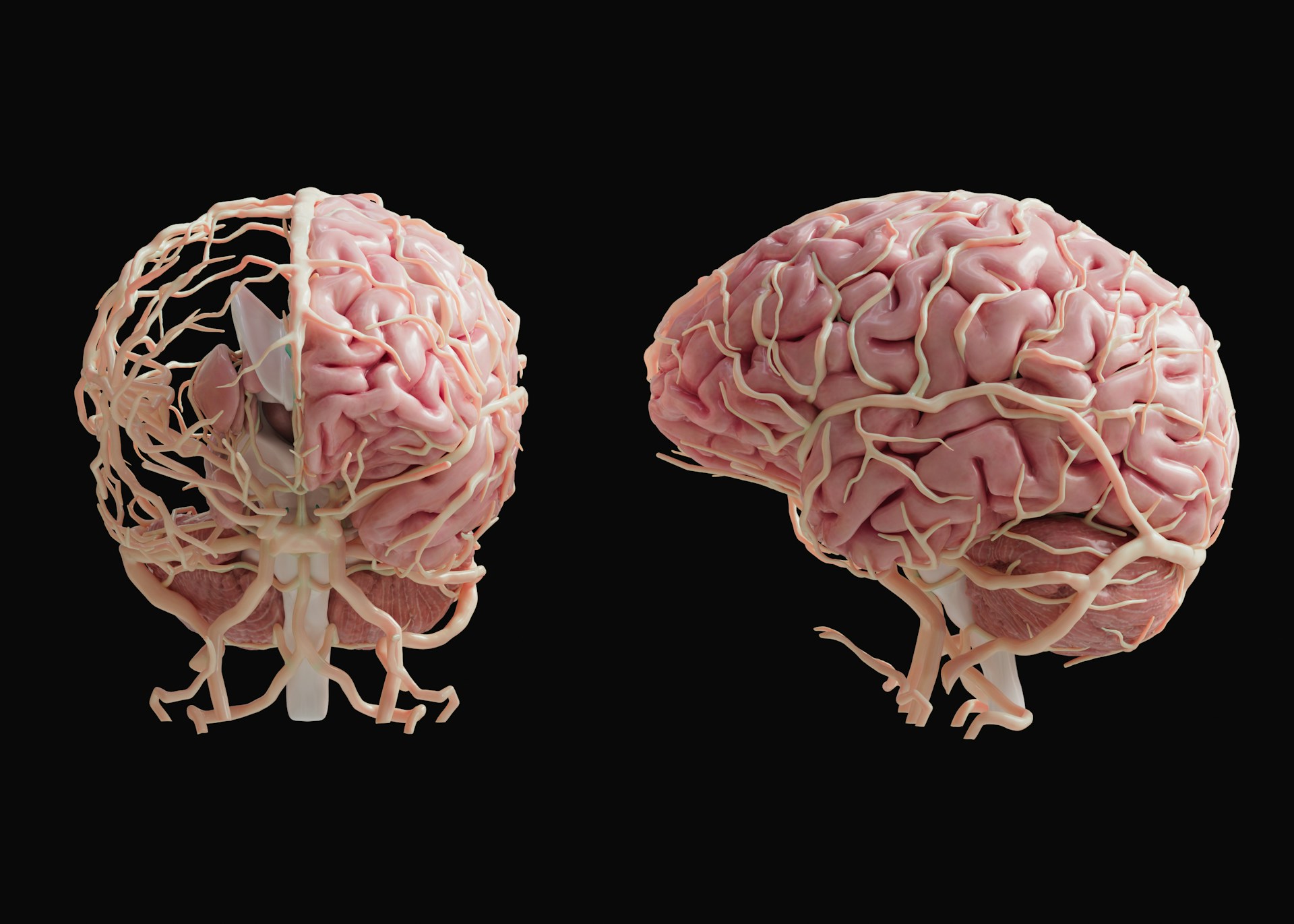

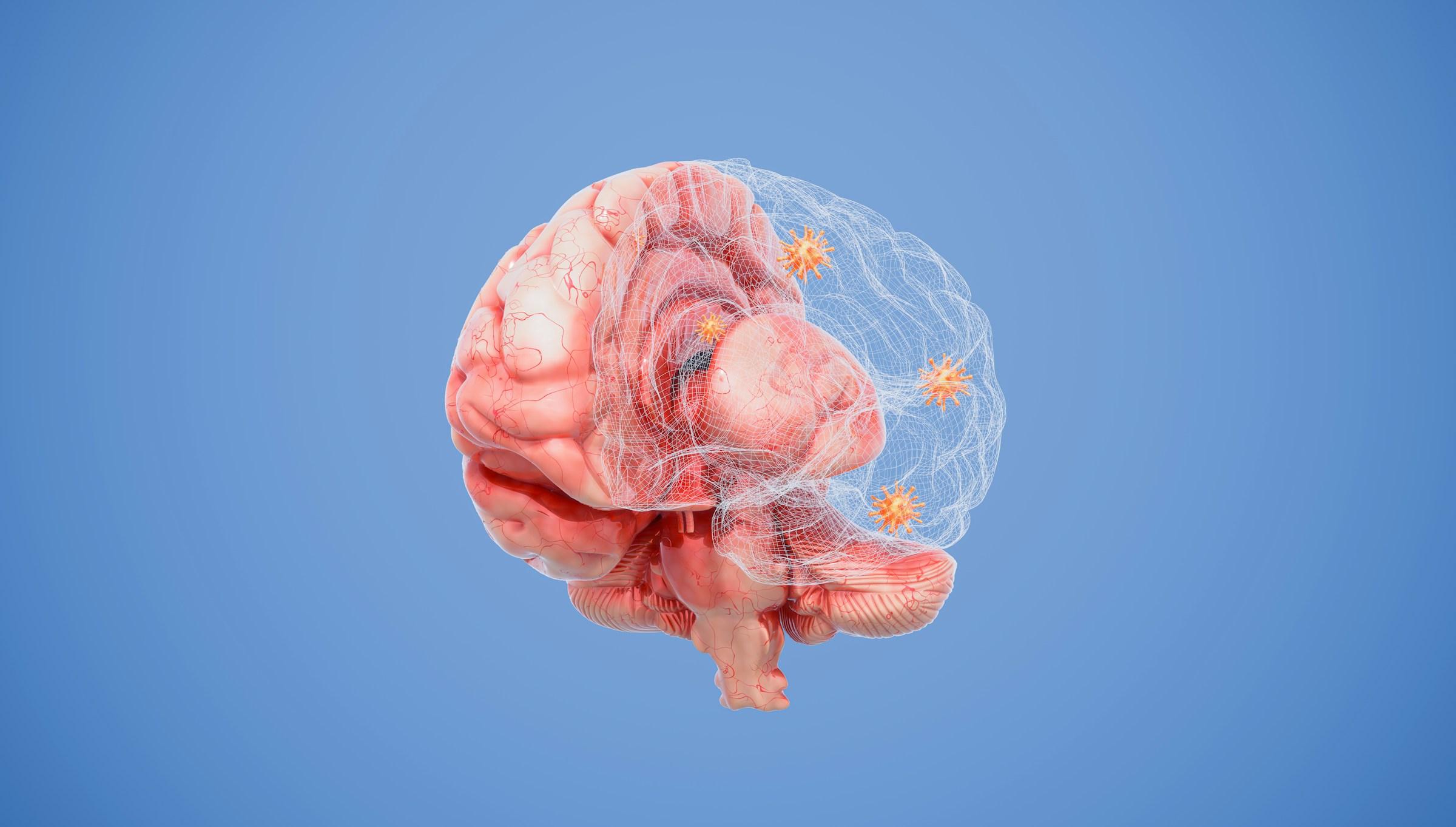




.jpg&w=3840&q=75)
